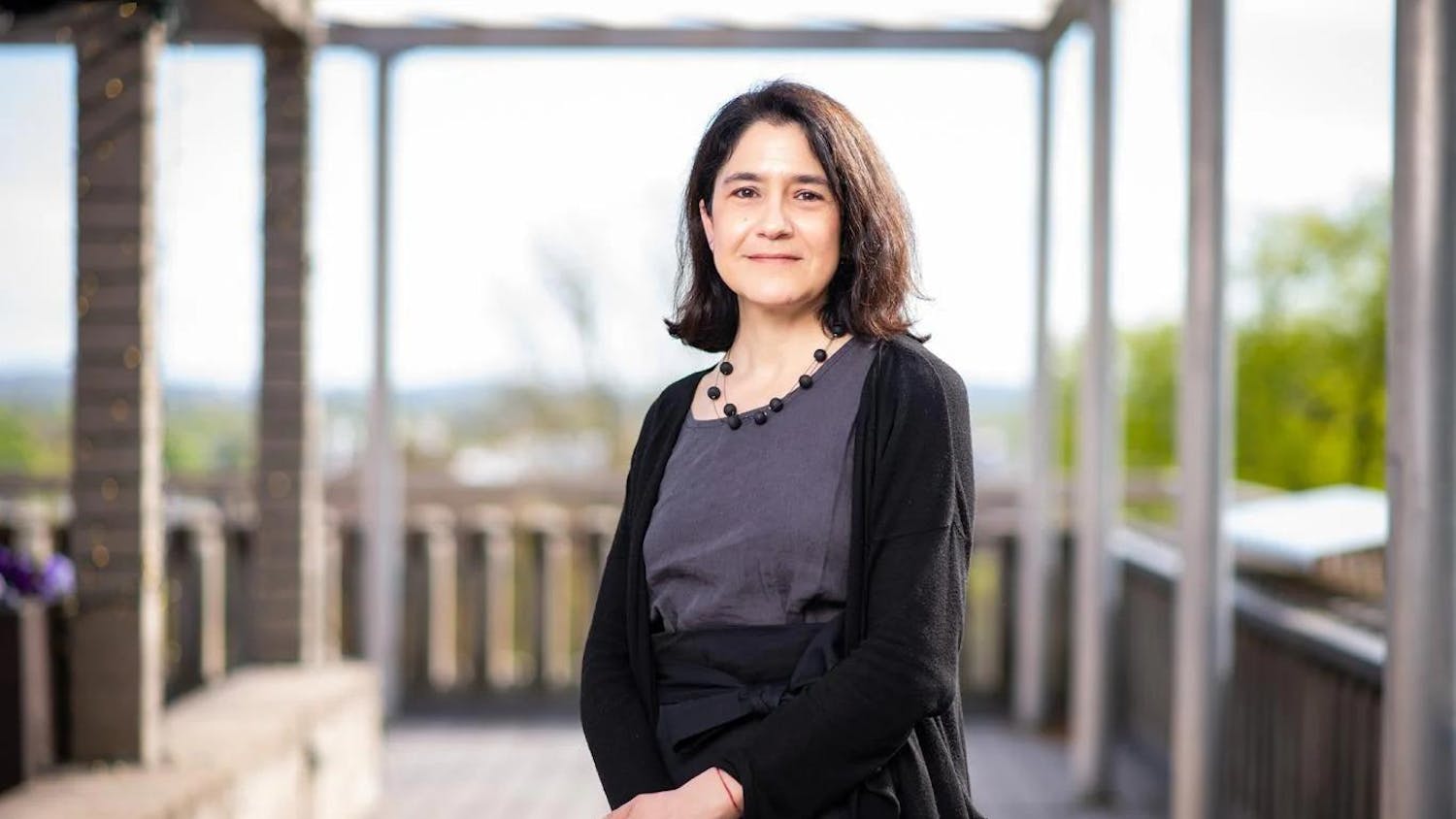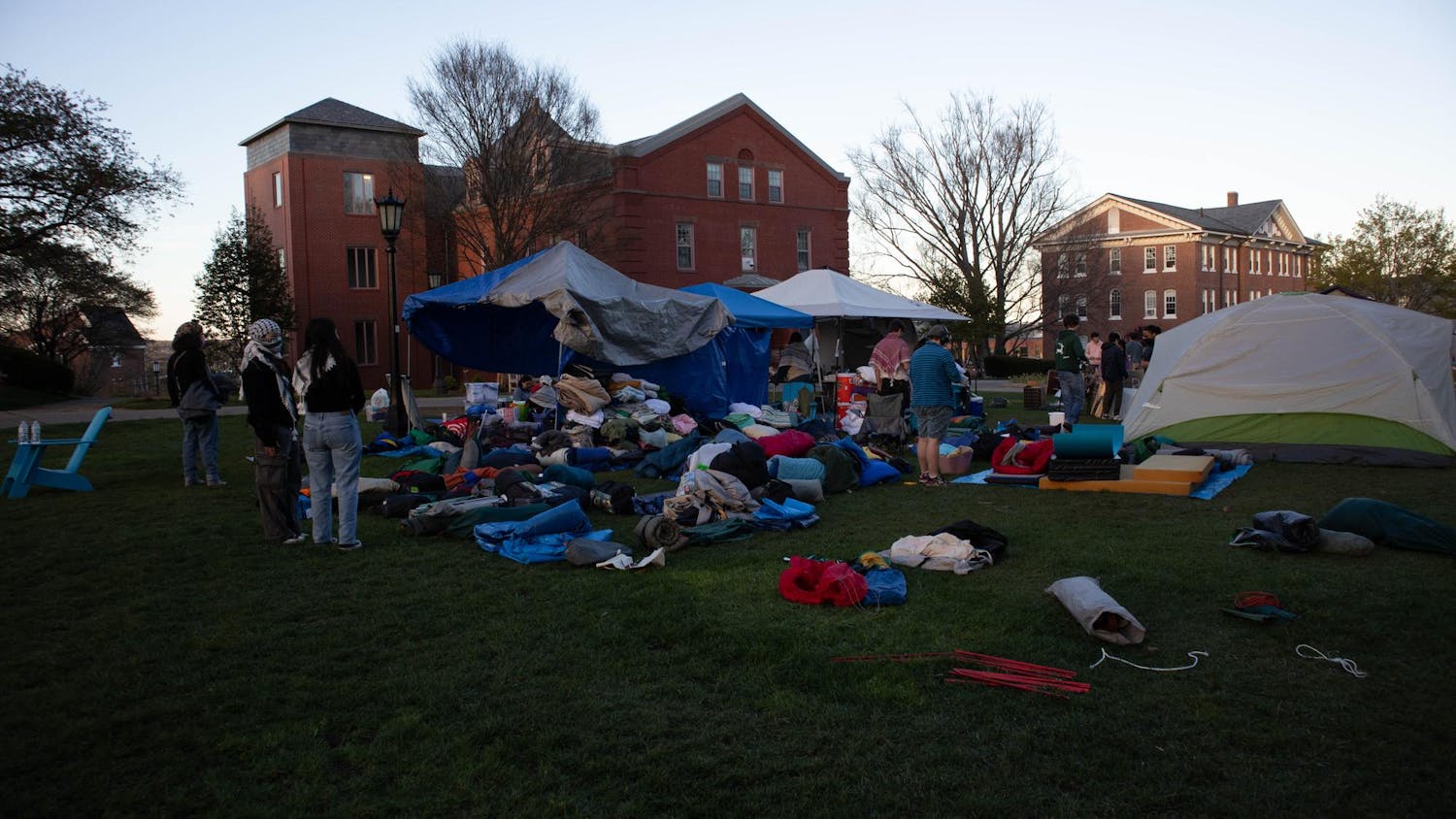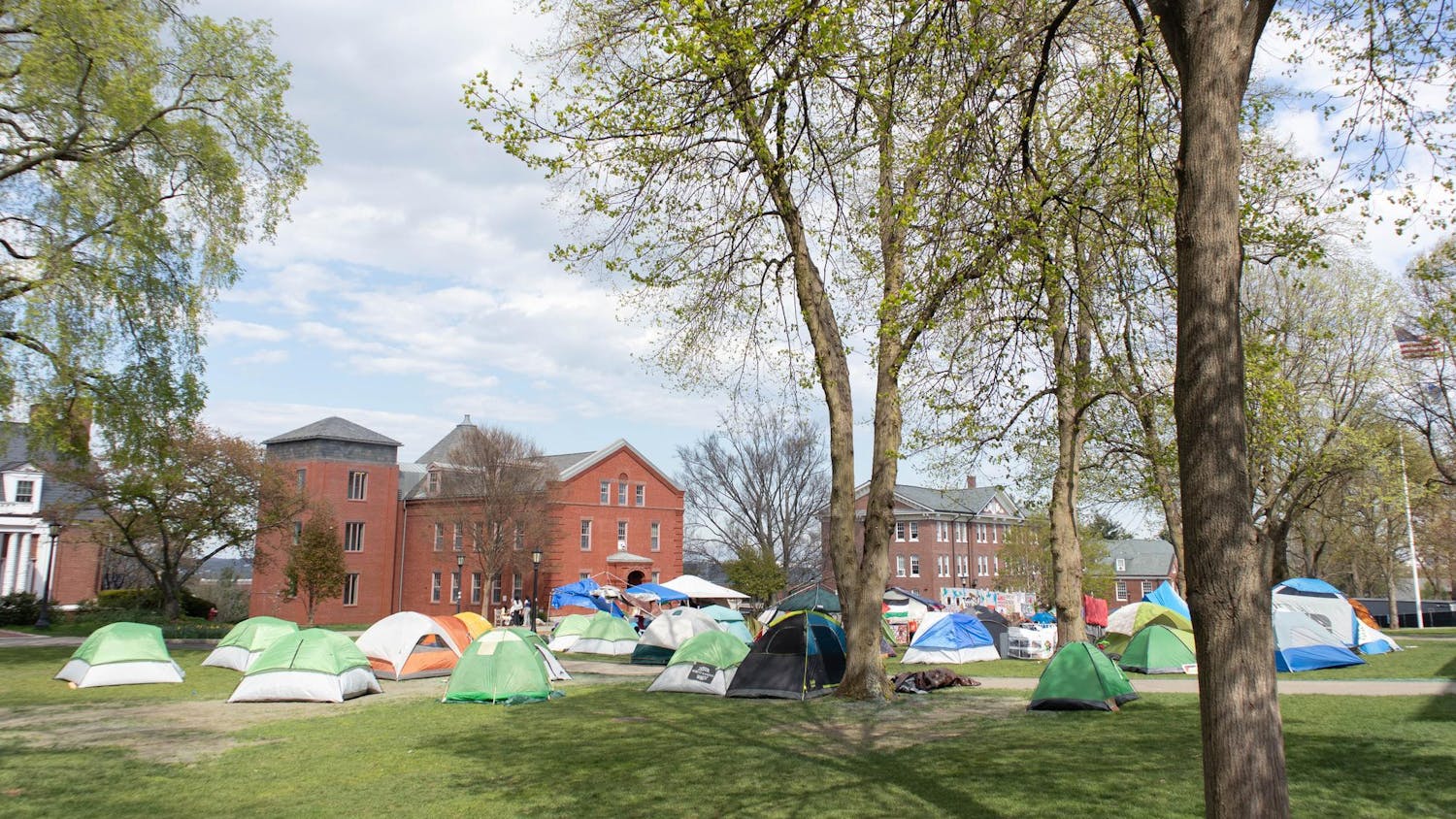Somerville legislators earlier this month approved a long-term redevelopment plan to transform Union Square from a largely stagnant, underdeveloped area into a lively business district and transportation hub.
The Union Square Revitalization Plan, originally proposed in 2009, anticipates the creation of a station along the extension of the T's Green Line through the neighborhood. The plans utilize existing available lands in the area to accommodate the future construction of the station.
In an Oct. 2 meeting, the Somerville Board of Aldermen approved the 20-year plan, which in its first phase gives the Somerville Redevelopment Authority (SRA) power to determine the disposition of certain land parcels in the Union Square area.
The Board also last week authorized an $8 million bond to acquire land and plan for the proposed Union Square Green Line station.
The Massachusetts Bay Transportation Authority (MBTA), the Massachusetts Department of Transportation (MassDOT) and the City of Somerville signed a memorandum of agreement this summer to put a Green Line stop in the square by 2017 as part of the Green Line Extension Project, City of Somerville Director of Communications Tom Champion told the Daily.
"If you look at just what the Green Line requires in terms of preparing the area and what it offers in terms of sustainable economic growth, that creates a sense of urgency in planning for the area around the station itself, and planning for the rest of Union Square to take advantage of the coming of the Green Line," Champion said.
Among seven land parcels in Union Square that make up the Revitalization Plan, the lot called D2 will be the first priority for redevelopment as the planned location for the Green Line station.
This block of land, located along Prospect Street, is currently an underutilized area serving as a scrap metal yard, Champion said.
"When the Green Line comes, I think there is going to be a lot of interest in the area," Alderman Rebekah Gewirtz said.
Mimi Graney, executive director of the neighborhood business group Union Square Main Streets (USMS), said the square as it exists today is highly atypical among commercial areas.
"Other districts have about two percent of industrial or auto uses in their area ? like a gas station ? Union Square proper has about 18 percent," Graney told the Daily.
Champion said these low-level industrial sections of Union Square, such as the D2 lot, have been limiting factors in Union Square's revitalization, starkly contrasting with recently revived business activity in adjacent parts of the neighborhood.
"What you have today is the emergence of Union Square as a dining and entertainment destination, and so the increasing popularity of the square as a business district," Champion said.
Several Aldermen opposed the plan on the whole. Gewirtz, who voted against the plan, is concerned that the SRA will be given too much control over what happens to existing local businesses on the lands set for restructuring.
"If a developer comes in and decides they want to develop on one of those parcels of land, the [SRA] could take that parcel by eminent authority and give it to a developer," Gewirtz explained. "I believe the city must tread very, very carefully around issues of eminent domain. I don't think that kind of action breeds confidence."
Some property owners in Union Square have expressed the desire to negotiate directly with private developers, objecting to the plan's allocation of power to the SRA as the intermediary to purchase property from owners and then resell to developers, Graney said.
According to Alderman Tom Taylor, some of his colleagues are also concerned that the city is acting too quickly to make room for the Green Line. The memorandum of agreement with the MBTA and MassDOT was not a guarantee of the Green Line's arrival in Union Square, he said.
Before the Union Square Revitalization Plan can go into effect, the state Department of Housing and Community Development will have to approve the plan within the next month, according to Gewirtz.
USMS, which focuses on bringing economic and commercial development to Union Square, is supportive of the plan because serious, large-scale change is needed to push the area out of a rut and into a position to thrive, Graney said.
"Transformative scaled projects haven't happened in Union Square since in the mid '80s. We've seen no new construction in this area in decades," she said.
Graney emphasized that the plan will mark a return to Union Square's former self. The neighborhood was historically Somerville's downtown and a nexus of public transportation, she said.





